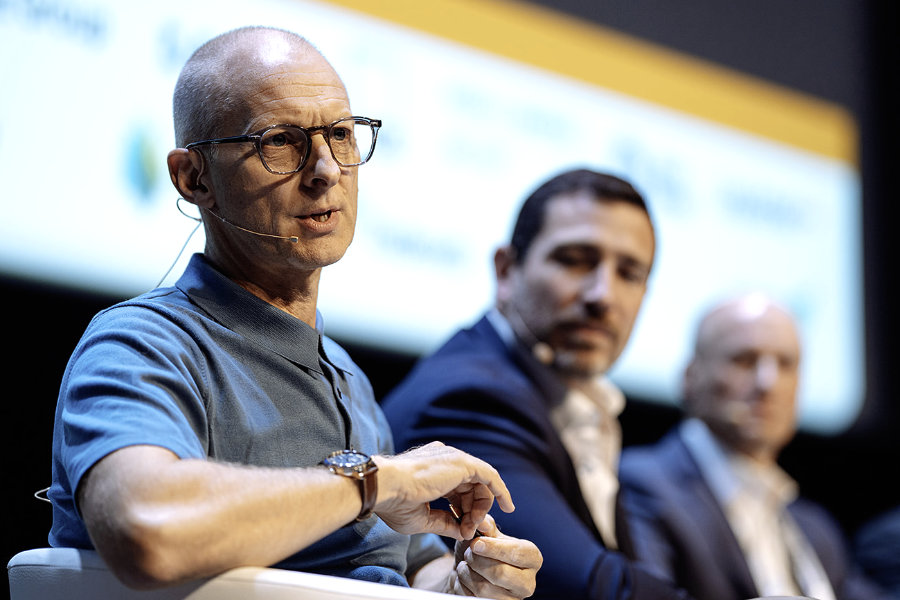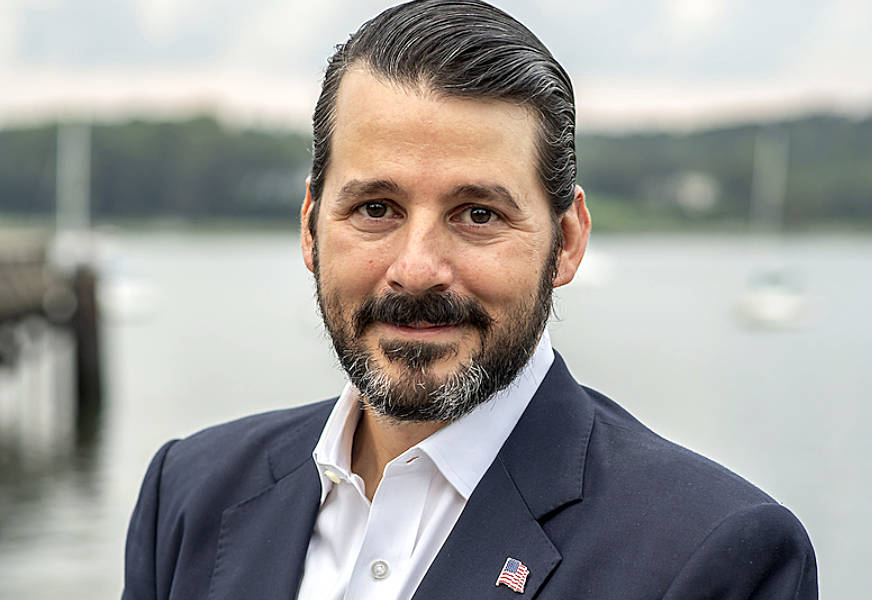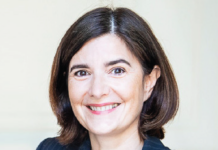Politics are being side lined in the battle for efficiency in primary markets for buyers, and for issuers.
The top operational priority for buy-side, and many sell-side, traders in a year of record bond issuance is to streamline and electronify the primary market bond investment process. In the first quarter of 2024, US debt issuance hit US$2.5 trillion. Issuers are offering potentially attractive new debt, but with such high interest rates that sell side syndicate desks began to get very tough in negotiating on behalf of their clients, the debt issuers.
This can cause a headache for trading desks. They have to spend huge amounts of time managing the communication of deal terms and orders between sell side syndicate desks and portfolio managers (PM). It is a highly manual prices and therefore slow and operationally risky. Therefore, if a deal falls through due to the tight negotiating process, trading teams can feel frustrated. The good news is that platform providers have found ways to cooperate in order to deliver straight-through-processing (STP) of issuance information from syndicate banks, to buy-side order management systems (OMS) and then pass orders and queries back through buy-side trading desks to the syndicate bank, which will minimise the level of manual process needed from the buy-side dealing desk.

“We have STP completely set up with Charles River Development (CRD). We have a pilot integration with Bloomberg which is in the final stages of testing with a group of buy-side,” says Carl James, global head of fixed income and municipals, S&P Global Market Intelligence. “We continue to talk to other providers, as directed by client influence/demand/feedback that will deliver the most effective solution to the market.”

“That STP is in a pilot phase available now,” says Nick Hall, head of fixed income primary markets at Bloomberg. “If you’re a PM, generating demand in an OMS, either AIM or CRD which are already connected, investors using either OMS platform can route their demand through to TSOX, the execution management system (EMS), the traders there can aggregate all of that demand, post it down into the banks’ bookbuild systems through S&P’s Investor Access/Ipreo, and get an allocation all the way back from the bookbuild systems. That is sent directly from syndicate, back into TSOX and on to AIM or any other OMS platform that’s connected. That STP it is live and we’ve had a number of buy-side firms using that STP solution in production as part of a pilot.” That confirmation is then sent directly from syndicate, back into TSOX and on to the OMS being used.  At DirectBooks, a dealer consortium backed issuance platform, Chris Rodriguez says his firm is also delivering fully electronic straight-through-processing (STP) of new issues from syndicate bank to buy-side OMS and back. “We continue to roll out the capability throughout 2024 to both third-party and proprietary OMS platforms,” he says. Platforms are not only delivering this capability through buy-side firms. Some operators are tackling the problem from an issuer perspective. Robert Koller, CEO at NowCM says, “We actually have that STP already in our marketplace, French NEU commercial paper at the moment, which by law is already fully digital.”
At DirectBooks, a dealer consortium backed issuance platform, Chris Rodriguez says his firm is also delivering fully electronic straight-through-processing (STP) of new issues from syndicate bank to buy-side OMS and back. “We continue to roll out the capability throughout 2024 to both third-party and proprietary OMS platforms,” he says. Platforms are not only delivering this capability through buy-side firms. Some operators are tackling the problem from an issuer perspective. Robert Koller, CEO at NowCM says, “We actually have that STP already in our marketplace, French NEU commercial paper at the moment, which by law is already fully digital.”

His firm has tackled this part of the debt market following support from the Banque de France which printed the terms and conditions into law. Fredrik Creutz, executive chairman at NOWCM says, “Change needs to be a collaborative effort. The way you create speed is to identify the firms that drive the whole. We’ve been trying to identify those leaders over the last few years, and this journey started with banks. That was quite futile. It’s moved on to being the issuer who has to pay for the whole party. Even amongst those, issuers were looking amongst themselves for a leader. In Europe, there’s a very small handful of issuers that can influence all banks, all service providers to follow suit and accelerate.” The firm’s system allows the development of an STP by delivering an automated production of paperwork. “You need to confirm a trade with reference to [the French] law and in the marketplace we have in Paris, you negotiate online, both sides agree, we create a ticket like a mini term-sheet,” says Koller. This automatically goes to the paying agent who processes it automatically. “In the next few weeks you will be able to trade by telephone, and the bank will send us the confirmation that will be for the CP,” he says.
Spread the word
With such innovations in place, albeit at limited levels so far, the next stage is to broaden adoption. The buy-side workflow tends to be unique to each particular house, so platform providers need to ensure they have an easily-adopted model. Directbooks emphasises its own expansive interoperability programme, working with Rodriguez noting, “We are already connected to Aladdin and Charles River and many custom OMS platforms but continue to integrate more workflows. We continue to engage with additional OMS and EMS providers.” “The buy-side workflow tends to be unique to each particular house. Even though conceptually you can link up to one specific OMS used by lots of investment firms, how they use that OMS could be different in each house,” says James. “If you set out standards, then it doesn’t matter about unique or tailor-made workflows. So, the stages to achieving this standardisation are quite onerous, but worth the effort to provide a frictionless workflow for our clients.”
This will also require continued negotiations between technology and platform providers in order to deliver connectivity, says Hall. “We want to make sure our clients on the buy side are able to connect to whatever system they want to connect to,” he explains. “There’s more than one system and as long as we can connect to them all, we can connect the buy side to all of that liquidity, regardless of who the banks are on the deal. That’s what we want to deliver for the buy side. From our perspective, we will connect TSOX to whichever system the market is telling us to.” James notes that this engagement model will not be a linear process for any providers, due to the many variables involved in engaging with platforms and their prioritising of connectivity. “There is a virtuous circle whereby users engage more with the system, when they see other users on it,” he says. “Therefore, we encourage banks to post all new issues to the buyside.
This in turn innervates the buyside, whom see more issues to place more orders electronically which drives more banks to post new issues.” While existing bond platforms take this path, NowCM believe that by tackling the problems besetting issuers, it can deliver an evolutionary leap. “The next step is, of course, bonds,” says Creutz. “They need to resolve the whole topic around documentation, and data creation. If you have a digital workflow, you need to capture it at the beginning, at its genesis, and that’s in the dialogue between the investment bankers and the issuers, in those first documents. From there you can have straight through processing.
Some people like the paying agents and clearing houses would say the journey starts once you’ve done final docs. There’s actually a month of stuff that happens before that. The largest issuers recognise their role in driving this, and they’re doing it.” Koller adds that the advantages for issuers will be a far more streamlined model of issuance which will cut costs and improve financing. “In the future digitalisation will bring down the marginal costs of each issue to almost zero and to real time,” he says. “It is possible to fund several times a day or maybe even buy back some parts or issue and tap, and that would be much more beneficial because you can have every day pricing points for secondary. We think secondary and primary will merge up to a certain extent. If you can have real time issuance. If you agree on the price, fine. If not, you can continue searching the secondary. So we think there will be convergence of those two parts of the market coming.”
©Markets Media Europe 2024
©Markets Media Europe 2025













